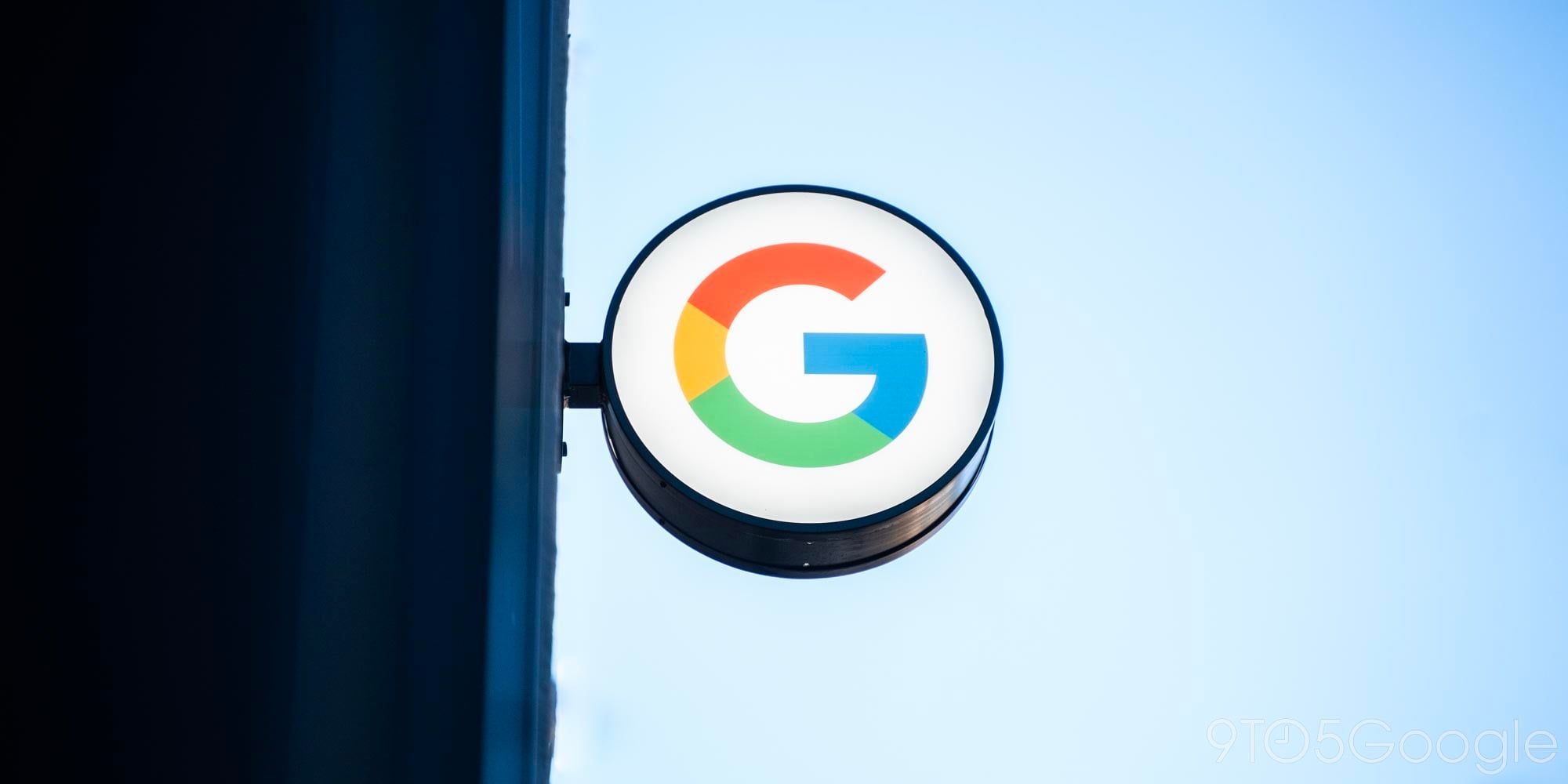
Out on the streets today, it’s all too common to see folks walking around with their eyes glued to their phones, nearly oblivious to the world around them. Google’s Digital Wellbeing is preparing to offer “Heads Up” notifications to remind you not to use your phone while walking.
About APK Insight: In this “APK Insight” post, we’ve decompiled the latest version of an application that Google uploaded to the Play Store. When we decompile these files (called APKs, in the case of Android apps), we’re able to see various lines of code within that hint at possible future features. Keep in mind that Google may or may not ever ship these features, and our interpretation of what they are may be imperfect. We’ll try to enable those that are closer to being finished, however, to show you how they’ll look in the case that they do ship. With that in mind, read on.
‘Heads up’
According to the National Highway Traffic Safety Administration, 6,283 pedestrians were killed in traffic incidents in the US in 2018 alone, marking the highest pedestrian death count since 1990. While there is plenty of work to be done on the automotive side — our colleagues at Electrek frequently cover advancements in self-driving vehicles — there is certainly also room for advancements in pedestrian safety.
The latest beta update to Google’s Digital Wellbeing app, version 1.0.342229637, includes the beginnings of a new feature called “Heads Up” that offers to remind you not to use your phone while walking.
<string name=”heads_up”>Heads Up</string>
<string name=”heads_up_feature_description”>”Get reminders to stop using your phone while you’re walking.
Use with caution. Heads Up doesn’t replace paying attention.”</string>
To do this, Digital Wellbeing will ask for two new device permissions, “Location,” which is optional, and “Physical activity.” If you allow the permission to check your Location, it seems that Heads Up will intentionally only be active while you’re outdoors, and therefore at risk for things like traffic incidents.
<string name=”heads_up_location_permission_name”>Location (optional)</string>
<string name=”heads_up_location_permission_description”>”This lets Heads Up know when you’re outdoors. On the next screen, tap “Allow all the time.</string>
Meanwhile, the required “Physical activity” permission is used to tell when you’re walking with your phone.
<string name=”heads_up_physical_activity_permission_name”>Physical activity</string>
<string name=”heads_up_physical_activity_permission_description”>”This lets Heads Up know when you’re walking”</string>
Once enabled, if you should begin to walk while using your phone, Digital Wellbeing will send a notification with one of seven messages recommending that you put your phone away, so you can focus on your surroundings. Each notification is paired with a playfully related emoji.
- Be careful
- Look ahead
- Stay focused
- Look up
- Stay alert
- Watch out
- Watch your step
- “Look around”
- “Stay alert”
- “Watch your step”
- “Be careful”
- “Look out”
- “Look up”
- “Watch out”
As with all Digital Wellbeing features, Heads Up should be entirely optional. However, I definitely see how this could potentially save lives, and reconnect each of us with the real world around us, once things get back to normal a bit more and we all get back out of the house.
More on Digital Wellbeing:
- Pixel 5 turns off face retouching by default as part of Digital Wellbeing in Google Camera
- Digital Wellbeing’s Bedtime mode in Android 11 lets you disable AOD at night
- Digital Wellbeing now turns apps to grayscale just before you reach your preset time limit
FTC: We use income earning auto affiliate links. More.

Comments